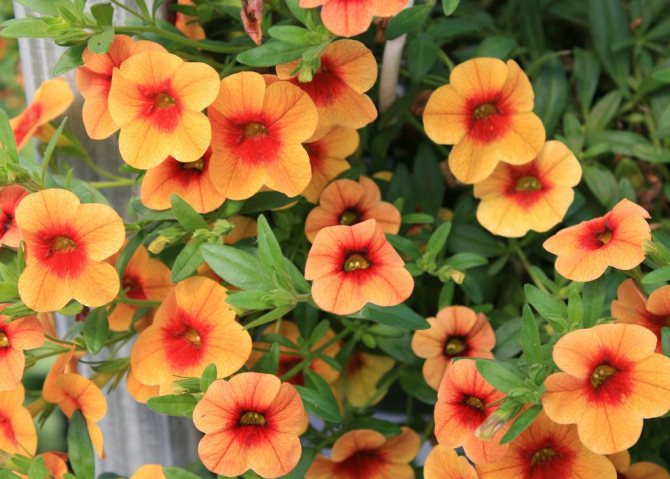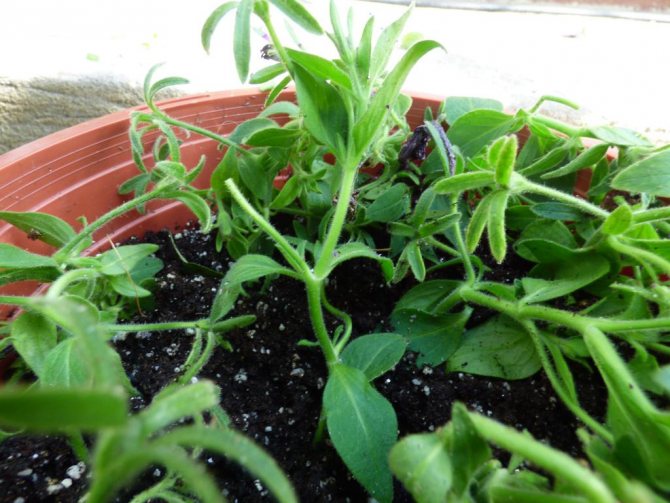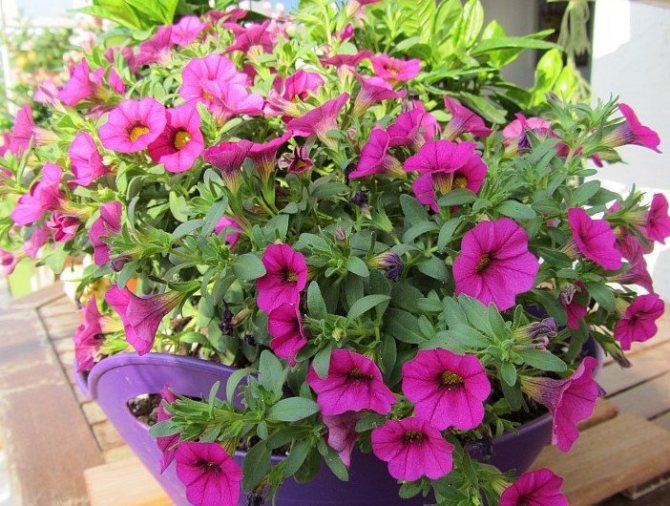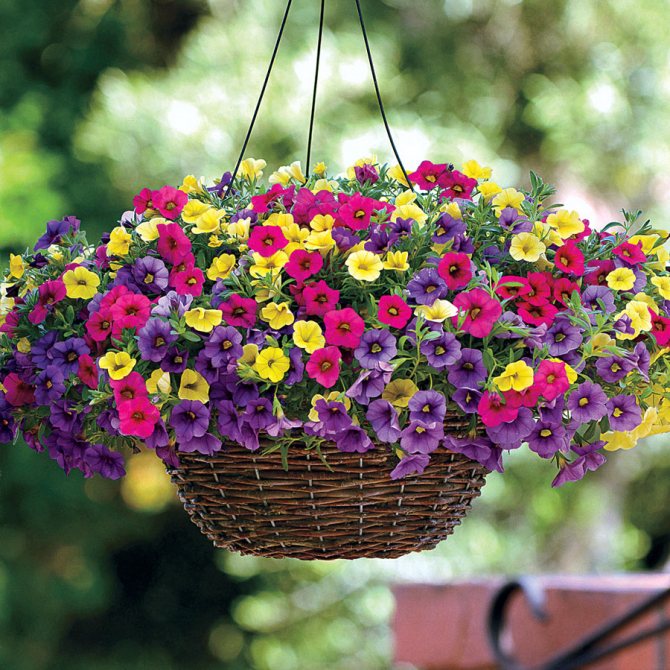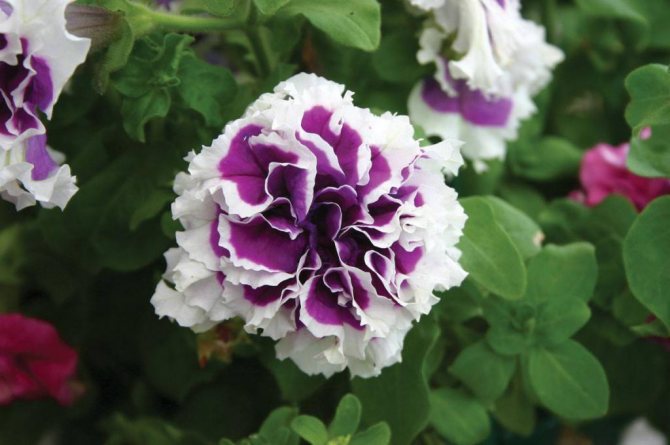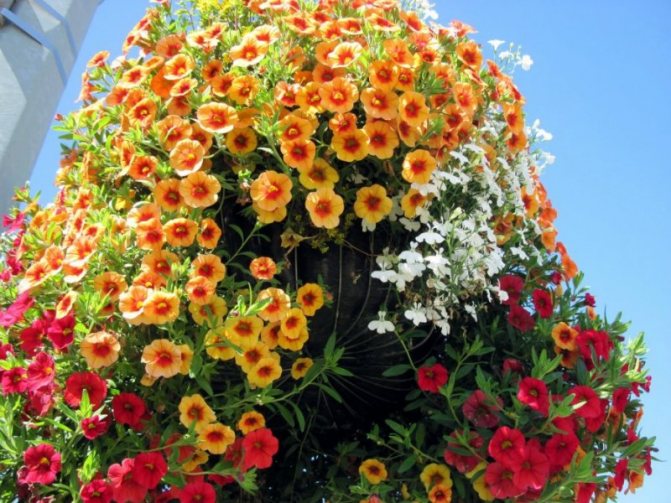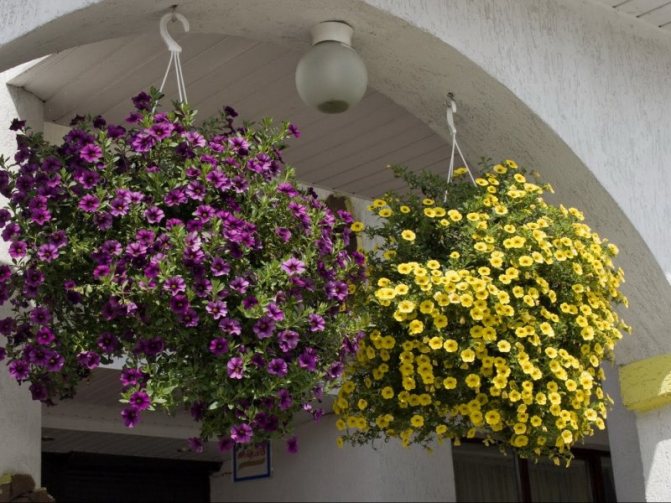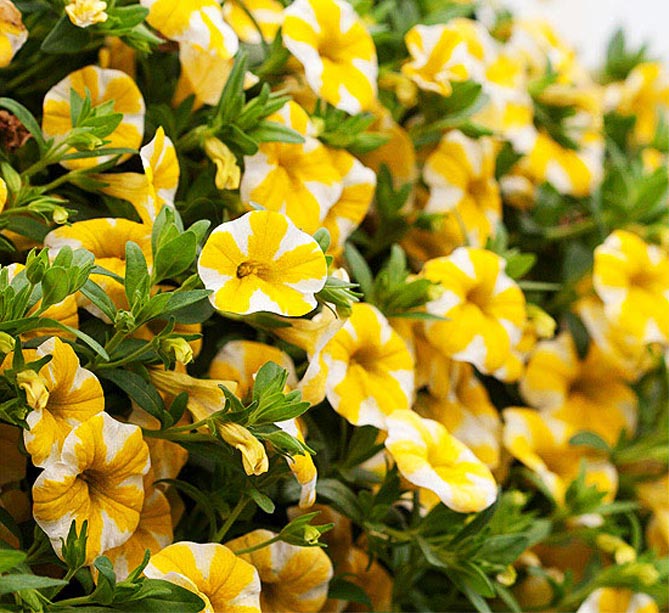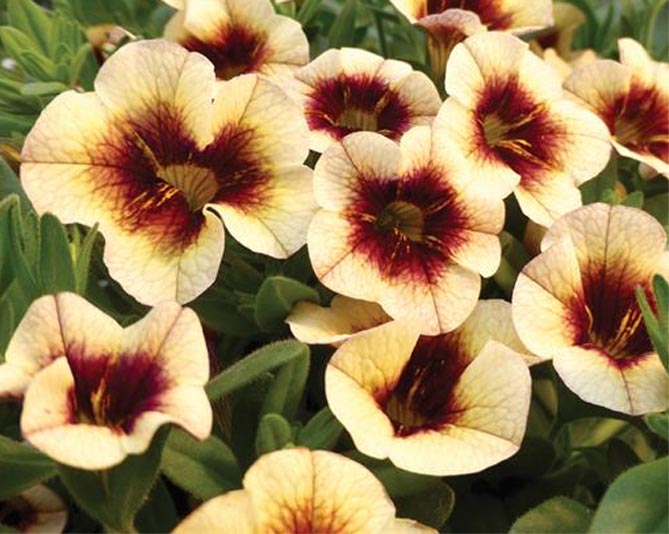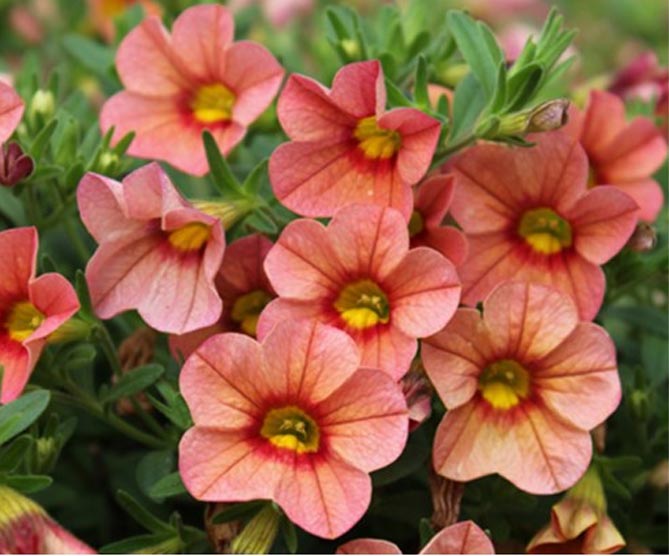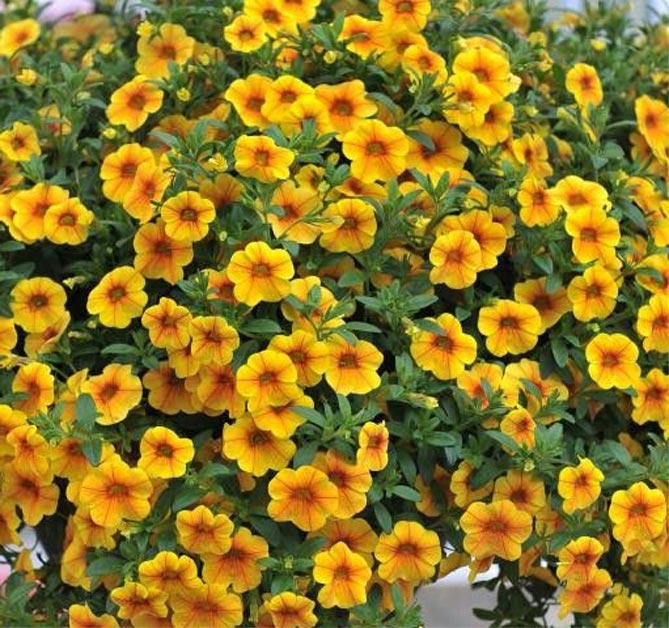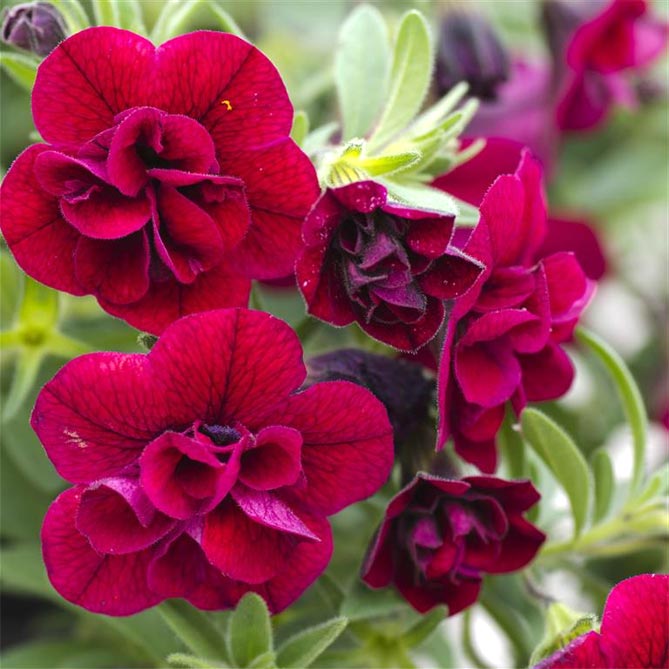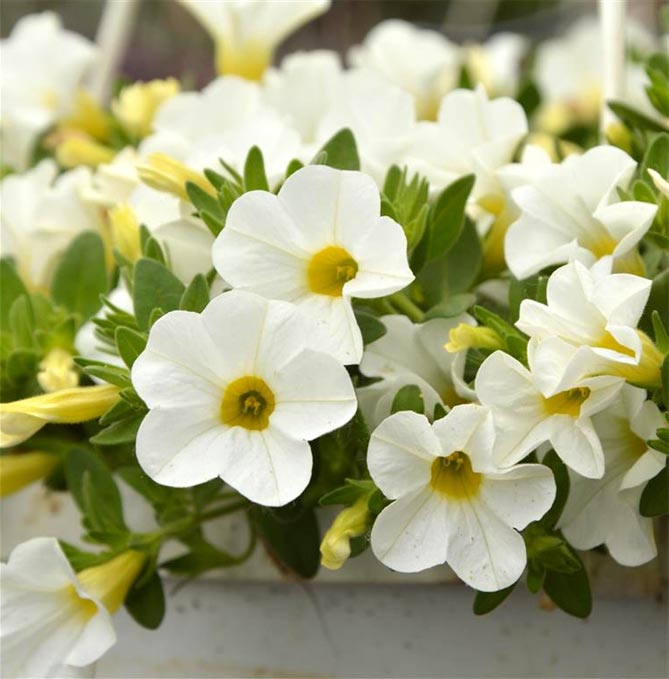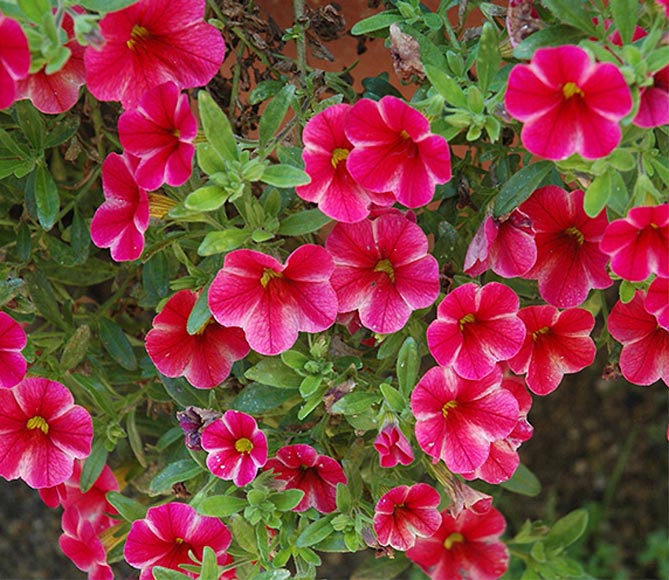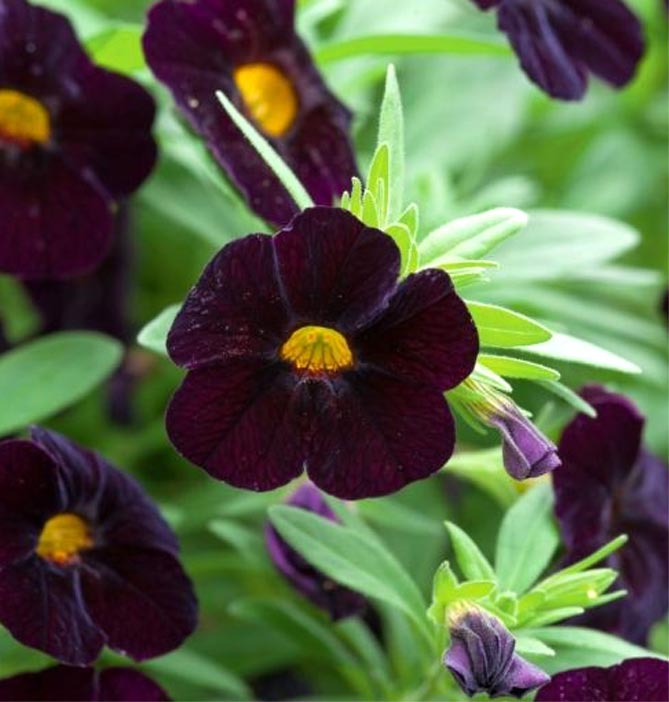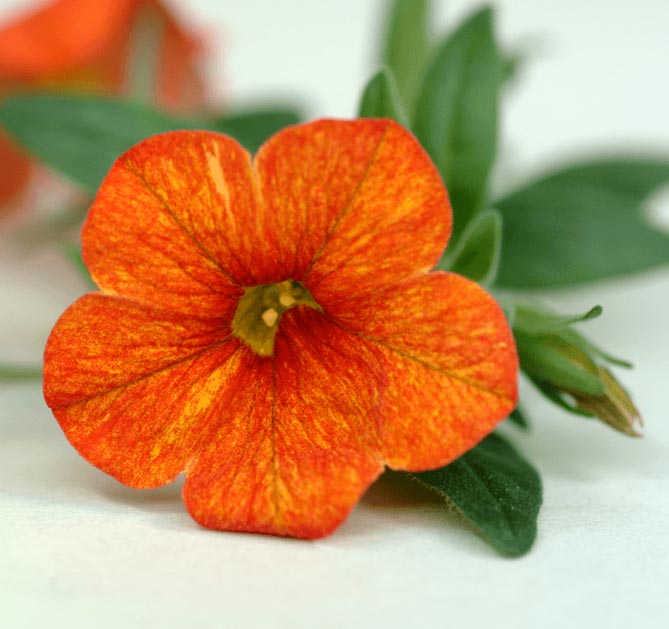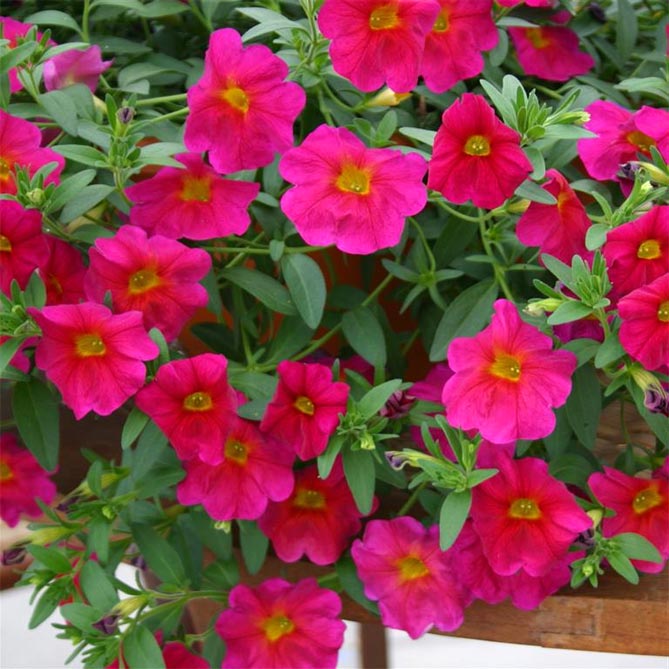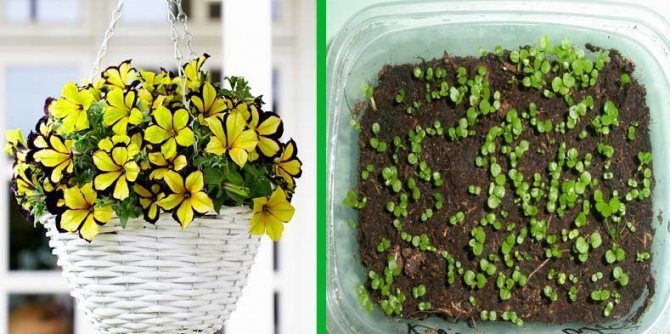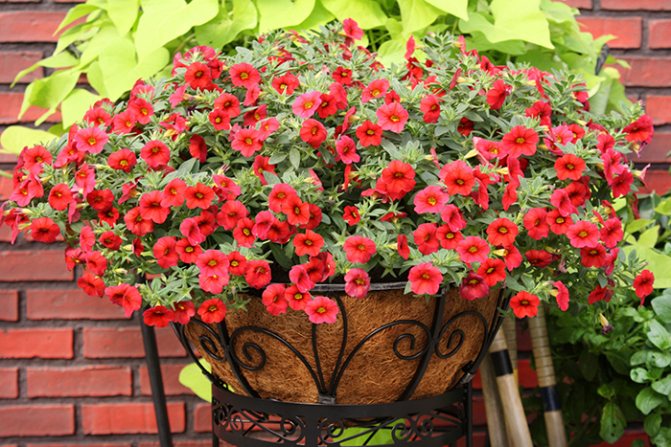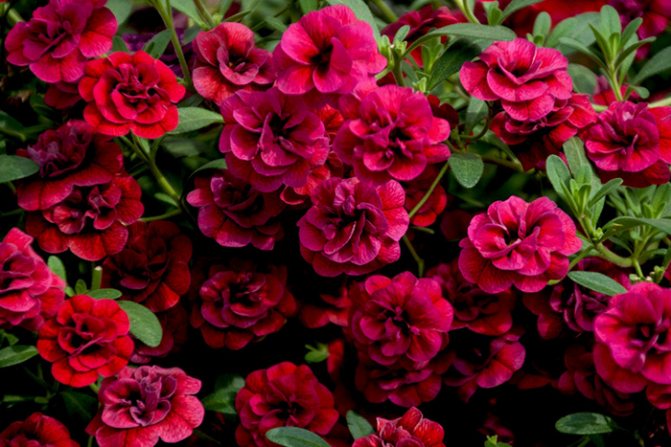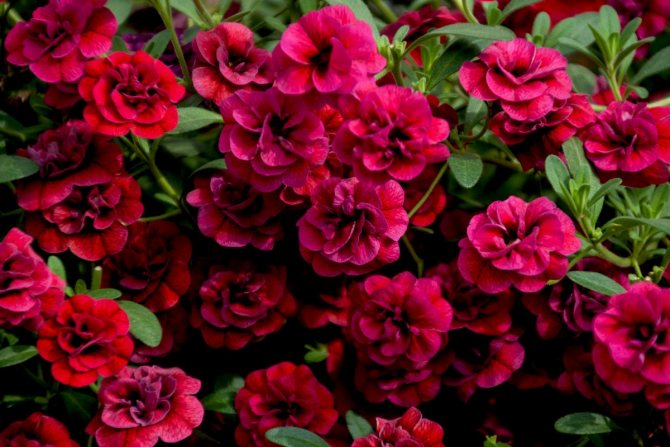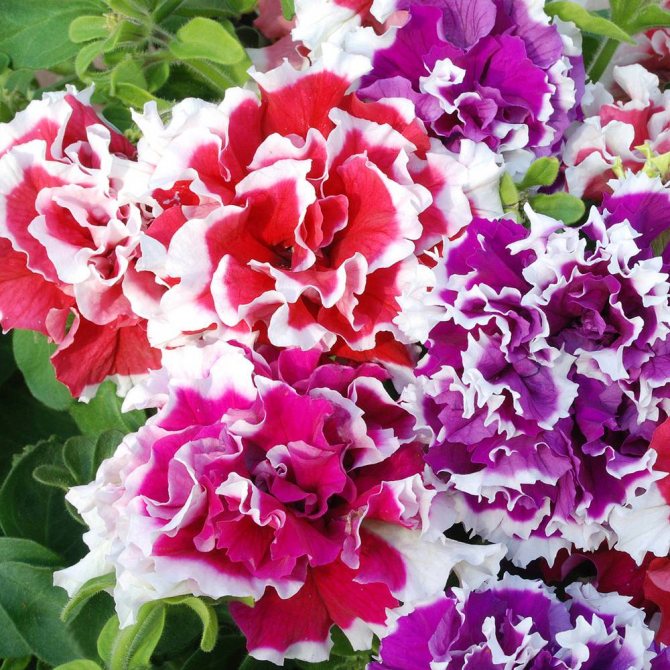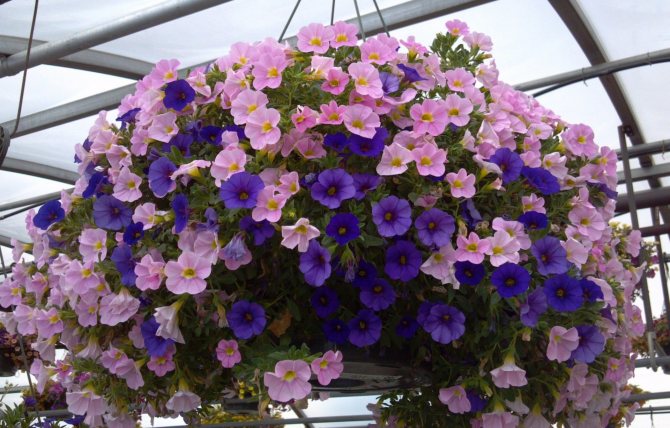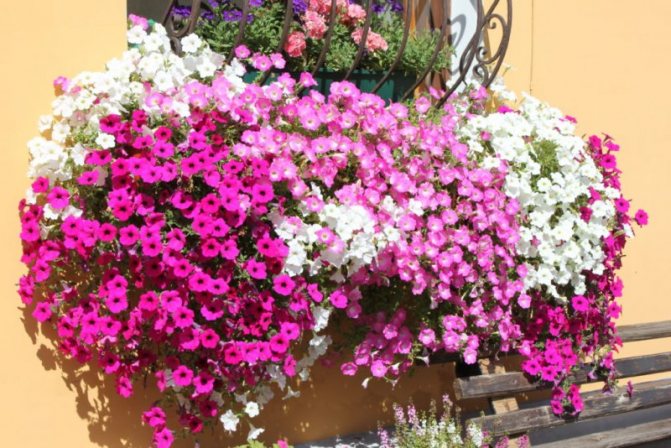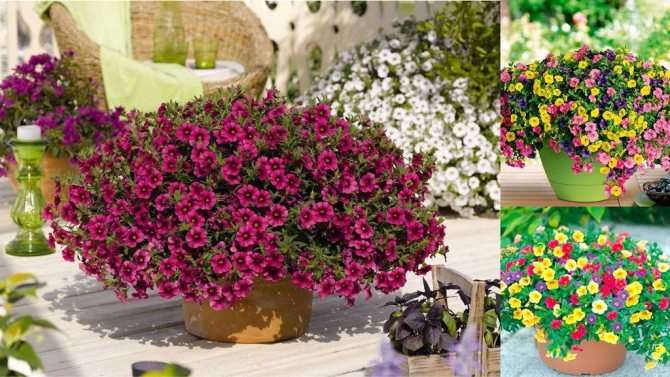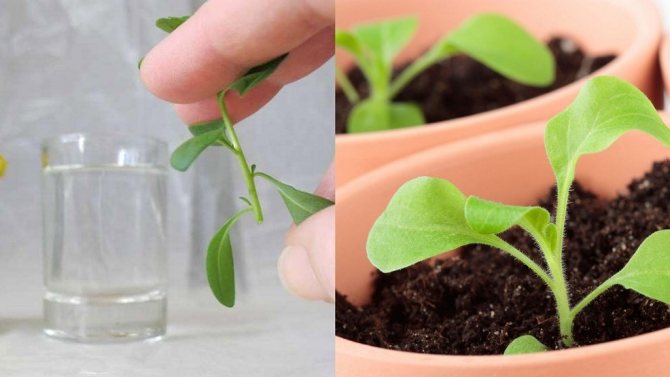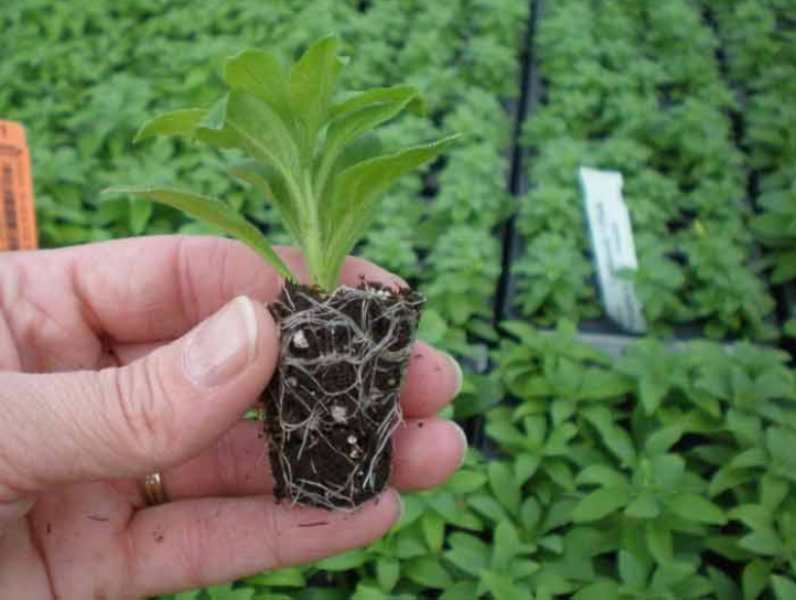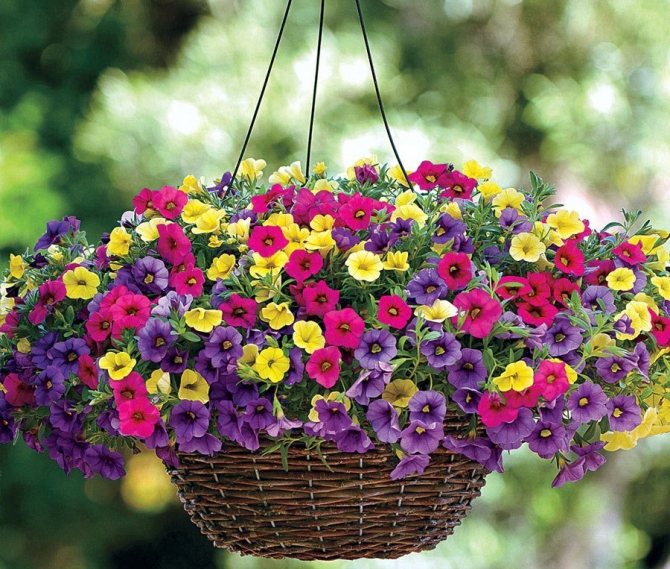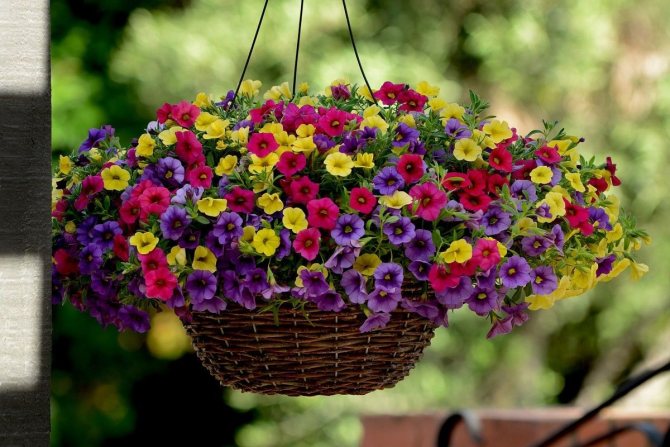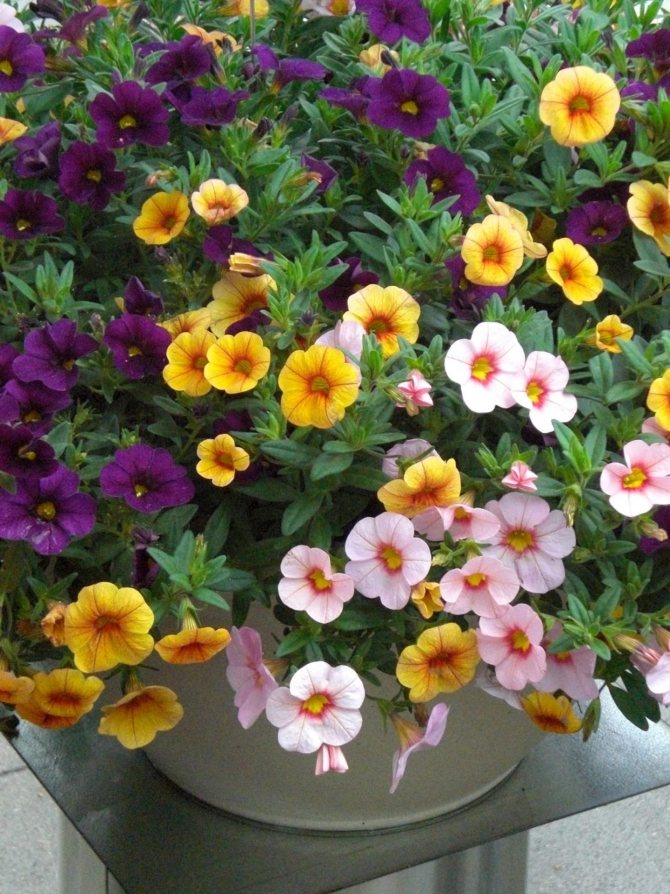In recent years, petunia's sister, calibrachoa, has become popular and beloved. The plant is becoming a hit among flowering balcony plants. Calibrachoa blooms beautifully, forming many flowers. This small cascading beauty blooms from spring to late autumn with many small bell flowers (hence the name - million bells) and throughout the season decorates balconies and terraces. Features of growing calibrachoa and caring for it, photos of these beautiful flowers, sowing seeds and getting seedlings are presented in this article.
Description
Calibrachoa, the photo of which is attached, belongs to the Solanaceae family. The homeland of this attractive flower is South America. And until the beginning of the XXI century, it was considered one of the varieties of petunias. And this is not surprising, because the plants are similar to each other. But research has shown that petunias have 14 chromosomes, and calibrahoa have 18. So now Calibrahoa is a separate genus.
The plant is a perennial shrub up to 50 cm high. Its long, strong shoots are densely covered with slightly pubescent green leaves. Their length reaches 3-4 cm, and their width is 10 mm.
The culture becomes especially attractive during flowering. At this time, the bush is densely covered with bright numerous buds, behind which the foliage and shoots of the plant are not visible. Peduncles are painted in yellow, red, blue, pink, white tones. There are also varieties with multi-colored colors. The diameter of the buds reaches 3 cm. Depending on the variety, they are simple or double.
But to get such splendor in the garden or on the balcony, you need to create comfortable conditions for the plant. And for this it is worthwhile to understand the rules for the care and planting of calibrachoa flowers. Photos and detailed instructions will help with this.
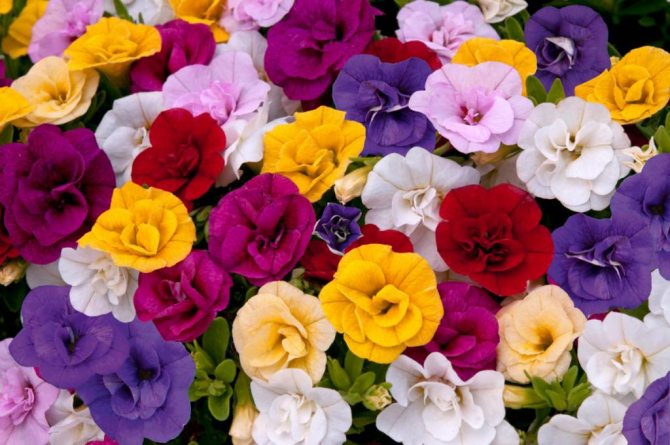
Calibrachoa varieties
Until recently, calibrachoa was available in the form of a single group of varieties known as the Million Bells, which includes plants that bloom in many tiny bell-shaped flowers, usually of the same color. Now there are more varieties.
The most popular are the Million Bells Calibrachoe and its Red and Lemon varieties. The series are also very popular:
- Carrilion,
- Superbells.
New - hybrids of calibrachoa and petunia, for example, the Supercal series, characterized by medium flowers and non-sticky leaves, unlike petunia leaves.
Due to the high popularity of calibrachoa, breeders began to develop interesting new varieties. Now you can find the plant in almost all colors:
- white,
- yellow,
- Orange,
- red,
- blue,
- purple,
- almost black,
- bicolor,
- petals decorated with contrasting colored stripes.
Varieties can also differ in:
- size (for example, the Superbells group has larger flowers);
- flower patterns (full or single).
Interesting Calibrachoa cultivars include the following:
| Name and description of the variety | Photo |
| Lemon Slice (white-yellow flowers) |
|
| Banana Chocolate (yellow flowers with a brown center) |
|
| "Cherry Star" Cherry Star (dark pink flowers with a yellow base and yellow stripes on the petals) |
|
| Hula Orange Hula Orange (orange flowers, with a brown center) |
|
| "Volcano Gold" Volcano Gold (yellow-orange flowers with a net of clearly visible veins) |
|
| "Candy Bouquet" Candy Bouquet (striped flowers, yellow-pink) |
|
| "Double Ruby" Double Ruby (red, double flowers) |
|
| "Unique White" Unique White (white flowers) |
|
| "Aloha Neon Vulcano" Aloha Neon Vulcano (pink flowers with light stripes) |
|
| Can-Can Velvet (flowers are almost black) |
|
| Crackling Fire - shiny orange flowers with thin yellow stripes. The variety is sensitive to excess moisture. |
|
| "Superbels Scarlet" Superbells Scarlet - grows up to 50 cm, blooms until the first frost, the flowers are bright red. Loves sunny positions. |
|
| "Neon rose" Neon Rose is a variety of the Supercal series. This is a cross between Petunia and Calibrachoa. The flowers are pink. |
|
Photo. Calibrachoa varieties with double flowers look especially impressive


Growing from seeds
Saplings of calibrachoa flowers, photos of which delight many people, are very expensive. Therefore, it is cheaper to grow plants from seeds. The process itself is simple, and a novice gardener can handle it. But the germination capacity of calibrachoa seeds is low, so purchase planting material with a margin.
Start sowing in late February or early March. Soak flower seeds in Epin solution before the event. This will increase their germination. If you purchased seeds in granules, then you do not need to prepare them.
For growing seedlings, use universal soil or peat tablets. If you prepare the substrate yourself, be sure to sterilize it. To do this, ignite the mixture in the oven or microwave. This will protect future plants from bacteria that cause rot.
Spread the prepared seeds over the surface of the soil and lightly press them into the soil. Sprinkle the planting with warm water from a spray bottle, cover with glass or foil, place in a room with a temperature of + 22 ... + 25 ° C.
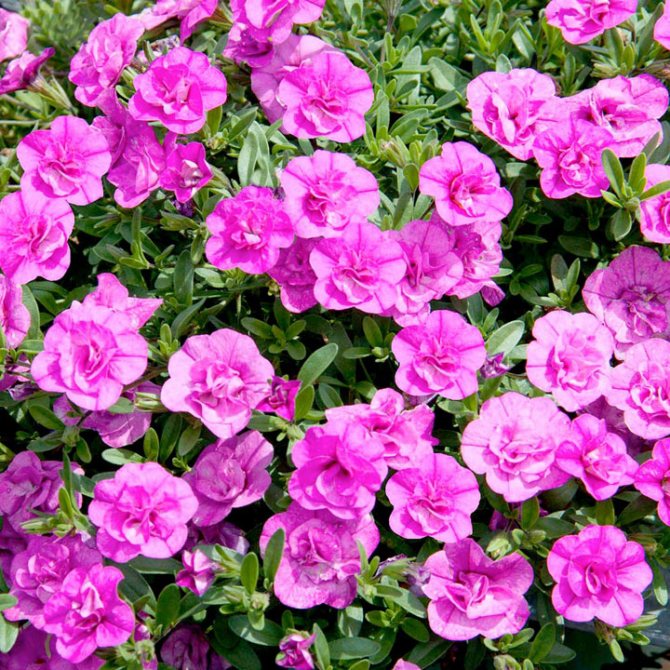

Cold and snow. How to keep the flower at this time?
You need to work hard to ensure that your bushes survive the winter. Cold and snow are detrimental to any flora that blooms in summer. How to keep a calibrachoa flower during this difficult time? Often, in winter, those varieties are preserved that are very rare and do not give seeds for further reproduction. To maintain your own variety, you need to adhere to the optimal temperature, which will not exceed 15 degrees. Humidity should also be moderate. Good places where the plant will winter normally are balconies on the south side of the building, window sills, loggias. It is necessary to bring the plants into the room from the street before the frost begins. The ideal period is October, early November. Rotten stems and dry leaves must first be cut off.


So, discuss the basics of caring for flowers in winter:
- Watering is rare, no more than three times a month;
- Any fertilizing with mineral fertilizers is stopped;
- It is necessary to provide significant air humidity;
- If there is not enough sunlight, then lamps must be used;
- The air temperature should not be below 0 and above 15 degrees.
If you follow these simple rules, then in February it will be possible to enjoy the flourishing calibrachoa. At this time, you can water more often, as well as feed with nutritious fertilizers.
After wintering, the surviving bushes are exhibited in their usual places. However, do not assume that the second year will bloom better than the young. Still, cuttings are the most optimal way to enjoy the smell and beauty of flowers all year round.
Following the instructions, the question of how to preserve the calibrachoa in winter will no longer arise. Even calibrachoa such as cablum mix can easily survive in the most difficult conditions, despite their capriciousness during cultivation.
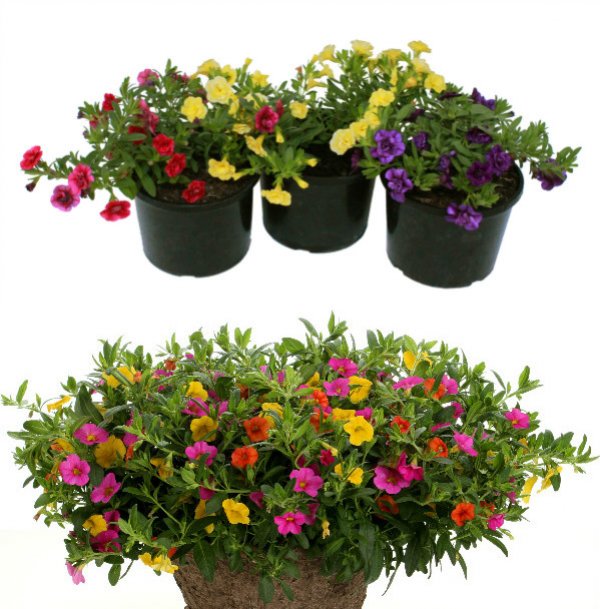

Seedling care
A week after sowing, when the first shoots appear, provide them with additional lighting with a phytolamp.From this moment on, you need to harden the seedlings. To do this, remove the shelter for 2-3 hours a day, for 4 days. Then remove the glass or film completely.
Caring for calibrachoa seedlings requires regular hydration. Do not allow the soil to dry out, spray the soil with a spray gun 2-3 times a day. To do this, use only settled and filtered water at room temperature. In order for the plants to grow stronger, it is advisable to feed them 2-3 times a month with liquid fertilizers intended for seedlings of flowering crops.
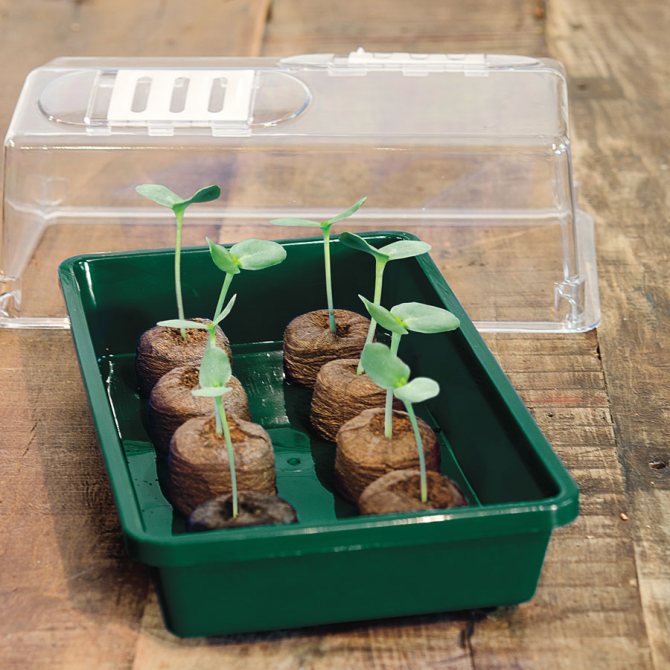

When 5-6 leaves appear on the plants, pinch the top. This will activate the growth of lateral shoots in the future.
Fertilization
All flowering plants place high demands on the nutrient content of the substrate. This rule also applies to calibrachoa. At first, the seedlings will have enough mineral fertilizer, which is applied to the soil immediately before sowing. When an adult bush adapts to a permanent place, you need to repeat the procedure.
Timely feeding allows the bushes to grow healthy, delight with lush flowering longer, and be resistant to various pests and diseases. Before the buds bloom, this procedure is performed 3-4 times a month. This fully covers the nutrient needs of plants. For this, complex fertilizers are used that contain nitrogen. During the setting of buds, you will need to change fertilizers to a phosphorus and potassium complex.


Planting and leaving
If you want to grow a plant in the open field or take out the pots in the garden, then plant seedlings when the weather is warm, the risk of night frosts will disappear. In the middle lane, this time comes in mid or late May. The calibrachoa flower, the photo of which can be seen in the material, belongs to thermophilic plants.
For plants, choose volumetric pots, and keep in mind that for normal development, each seedling needs 2-3 liters of soil. For planting, use a universal store soil. To prepare the substrate yourself, mix the following components in equal parts:
- humus;
- peat;
- sand;
- sod soil;
- leafy land.
Be sure to disinfect the substrate before planting, place a 5 cm layer of drainage on the bottom of the pot. Dive the seedlings into a new container along with an earthen clod. After transplanting, moisten the soil and hang the planter in a place with bright but diffused light. Choose an area that is protected from drafts and strong gusts of wind. If you want to grow calibrachoa not in a flowerpot, but on a flower garden, then choose a sunny place for the plant with loamy or sandy soil. Plant the plants in trenches with a depth of 20-30 cm. Maintain a distance of 10 cm between the seedlings.
Plant care is not burdensome. It includes regular watering, periodic feeding and prevention of diseases and pests. In addition, calibrachoa is a thermophilic plant; therefore, in our latitudes it is grown as an annual. But if you wish, you can save the flower until spring at home, and then grow new lush bushes from its cuttings.
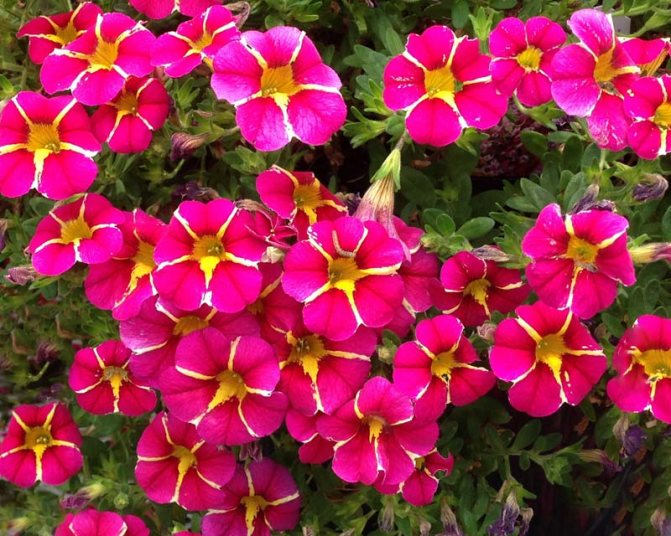

Requirements for soil, planting site
Although the calibrachoa has smaller flowers than the petunia, it is equally decorative and easier to grow. The calibrachoa flower, due to its origin (a plant native to rocky areas), is more resistant to adverse conditions than petunias. It grows well and blooms profusely in sunny or well-lit areas, and can also be grown in light partial shade.
Calibrachoa prefers a fertile, permeable substrate with an acidic or slightly acidic pH (pH 5-5.5), but will also handle normal flower soil. Like petunia, it requires a constantly moist substrate, but it better tolerates the vagaries of the weather (rain, wind, heat, temperature fluctuations).The flower should be sown in pots with good outflow of water, drainage, the roots are quite sensitive to waterlogging, they can suffer from fungal diseases that cause root rot.
It is worth adding a little sand to the substrate for sowing calibrachoa seeds and mix. The sand will increase the oxygen supply to the roots. So we will avoid decay of the root system.
In flower shops, you can find new varieties that better tolerate excess water and are less likely to suffer from diseases:
- the Calita group;
- varieties from the Superbells group.
The big advantage of calibrachoa is its relative resistance to powdery mildew.
Photo. Calibrachoa looks great in balcony boxes, as well as in all kinds of hanging baskets.
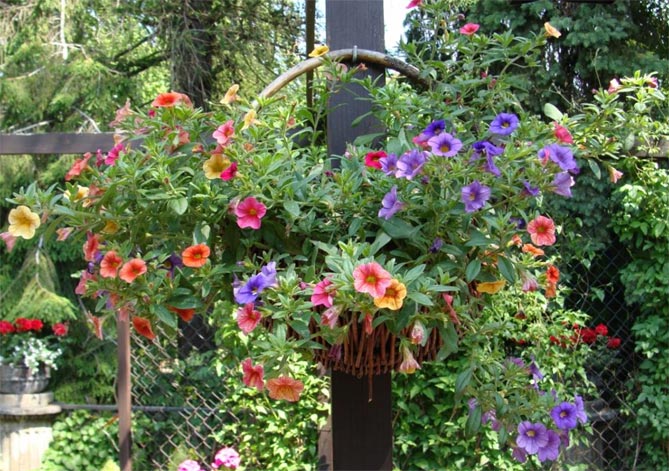

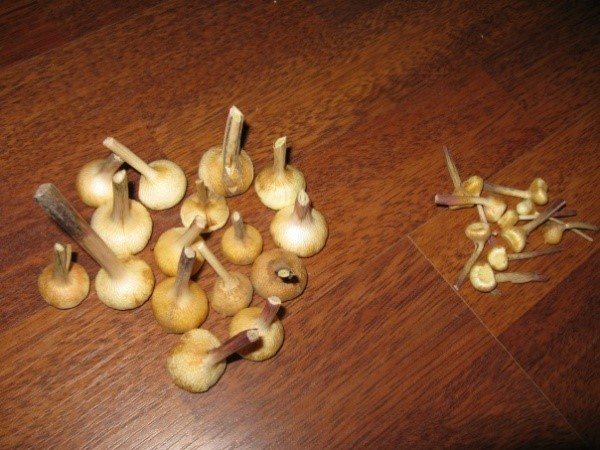

Watering
Calibrachoa - flowers are moisture-loving, but they tolerate a short drought better than excessive moisture. Therefore, water the flowers with care, avoiding stagnation of moisture at the roots. Moisten the plants twice a week when the topsoil is dry. Watering is carried out strictly at the root.
Calibrachoa responds well to spraying with warm water from a spray bottle. During the hot season, hold this activity in the morning and evening, when the sun's rays are not yet very active.
Bush formation
Initial pinching of the bushes was performed when the plant reached the 5-leaf stage. But the procedure does not end there. To preserve the decorative and aesthetics of the bush for a long time, it is necessary to promptly remove those buds that have already faded. In this case, the forces that are intended for the ripening of seeds will be directed to the formation of new buds.
Too long stems need to be removed by a third or half. This allows for a more lush bush and many new buds to form. It is very important to keep the decorative effect throughout the season.
Pruning
Calibrachoa about itself forms a beautiful bush. But occasionally, its shoots are stretched, so cut off such branches by two-thirds of the length. And also do not forget to regularly remove faded buds. They spoil the decorative effect, moreover, they draw out the juices from the culture, because new seeds ripen in them. The following photo of calibrachoa will clearly demonstrate how attractive a well-groomed flower is.


Primary training
When you return home with a packet of seeds, do not rush to immediately place them in the ground. They have a dense shell, so they may not germinate without pretreatment. Soaking can help increase the chances of the seeds sprouting. To do this, they are kept in a special solution for 1.5 days.
Usually these are phytohormones that stimulate the early awakening of the embryo, which ensures rapid germination. These include "Zircon" or "Epin". On the second day, the seeds must be removed from the solution and dried on a paper towel.
Save the cuttings for the winter
Calibrachoa is a southern and thermophilic plant. Therefore, in our latitudes it is impossible to preserve it in the cold season in the open field. But if you wish, you can provide yourself with cuttings, and in the spring, plant them on flowers or in pots. To do this, before a cold snap, bring the flower into the room, place the planter on a glazed loggia or northern windowsill. Make sure that the plant is not exposed to warm air from batteries or other heat sources.
Two weeks after you add the plant, cut its shoots to half the length, and reduce watering. If you have a phytolamp, then start grafting in December. Otherwise, propagate the calibrachoa no earlier than the end of February.


What colors should you combine calibrachoa with?
This highly ornamental plant can be grown as a single plant in a hanging pot or in combination with other varieties of this species.Her beautiful flowers can be part of a composition with other balcony plants, look good in a company with the following species:
- bacopa,
- pelargonium,
- garden verbena,
- shiny sage,
- a series of feruloliferous,
- plants with decorative leaves (sweet potato).
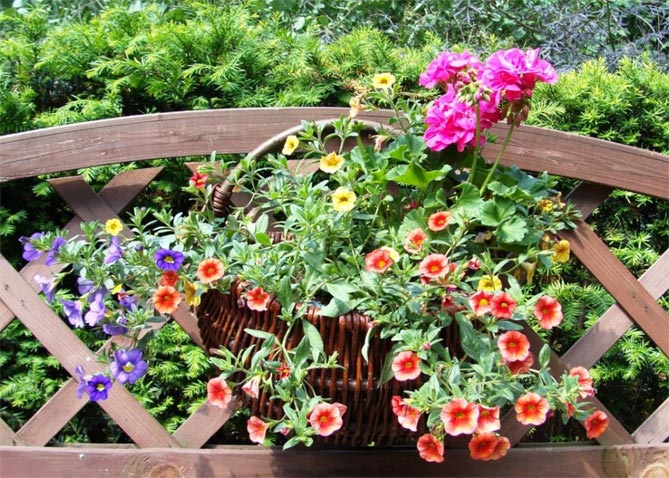

Growing cuttings
Prepare wooden crates or containers for the plant. Be sure to fill the bottom of the containers with drainage. To do this, use broken brick, pebbles or expanded clay. Pour a layer of fertile soil over the drain. A general-purpose store mix or substrate with the same composition as for an adult plant is suitable. It is written in detail about the soil in the "Planting and Care" section. Fill the top with a 3 cm layer of sand.
Cut the cuttings 5 cm long. Each of them should have no more than two leaves. Plant the shoots immediately after cutting into a moistened substrate, maintaining a distance between the branches of 1-2 cm. Stick sticks around the perimeter of the container, stretch a film on them to create greenhouse conditions for the plants. But make sure that the shelter does not touch the branches.
Illuminate the planting with a phytolamp for at least 12 hours a day. Do not forget to spray the soil with warm water from a spray bottle, not allowing the soil to dry out. When the cuttings take root, new shoots will appear from internodes, start hardening the plants. To do this, remove the cover for an hour, then for two, and after a week remove the polyethylene completely. Plant the rooted cuttings in planters in mid-May. And two weeks after that, feed the flowers, then provide them with the usual care.
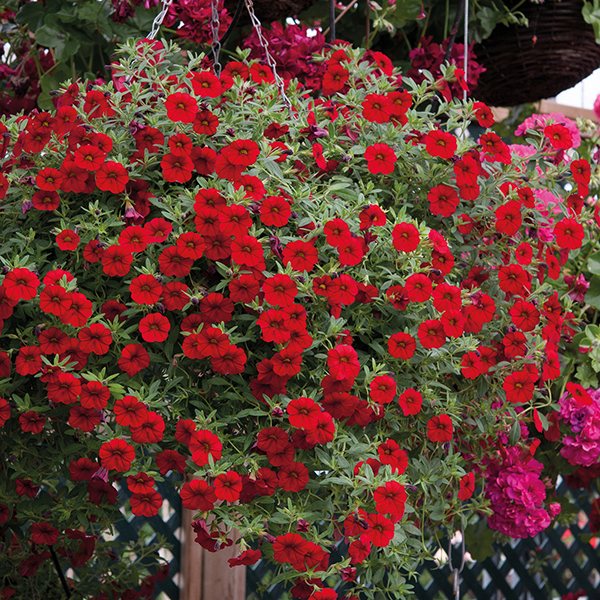

Seed sowing procedure
Each grower can choose the way he is used to using. Growing calibrachoa is no different from any other seedlings:
- Most often, an ordinary bowl is taken, filled with soil and placed under the film until shoots appear. This method works great for this plant too. Experienced flower growers recommend applying mineral fertilizers to the soil, as well as adding a little coarse sand. This ensures better air flow to the roots.
- Growing calibrachoa from seeds at home is often done using peat tablets. It is very convenient. It is enough to wet the tablet with warm or hot water and then cool it down. You get a "glass" of nutrient soil, along with which the plant can be planted in the ground.
This is a light-loving plant, therefore, when growing seedlings, it is required to provide a day of light with a duration of 16 hours. If the seeds are planted in early spring, then fluorescent lamps should be used. To create a greenhouse effect, it is required to cover the soil with film or glass.
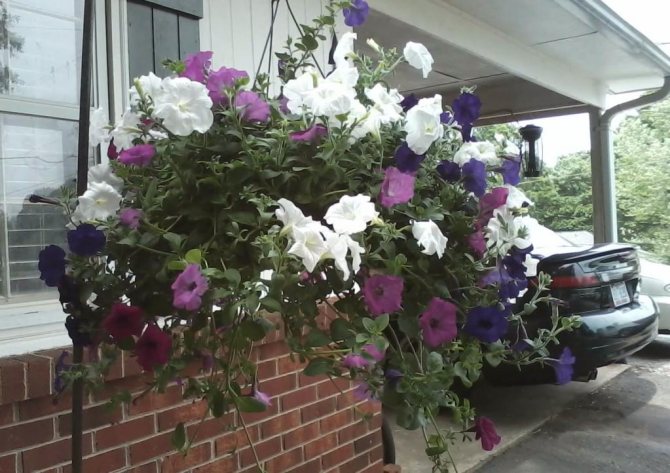

Diseases and pests
Calibrachoa, the photo of which is presented above, refers to plants with strong immunity. Nevertheless, the culture is often attacked by a spider mite - the only pest that annoys the flower. To prevent the appearance of the parasite, spray the plants for prophylaxis with Karbofos, Aktellik, Aktara insecticides. Apply the treatment at intervals of 2-3 weeks. Alternate preparations with each other.
With improper care, excessive moisture and prolonged rains, plants are affected by various rot:
- Blackleg. The disease is recognized by the blackening of the stem. The shoots become brittle, the flower dies. For treatment, use antifungal drugs, normalize the watering of the flower.
- Powdery mildew. The disease can be recognized by a whitish bloom that forms on the leaves and shoots. To cure the flower, remove the damaged areas, and treat the plant with fungicides such as "Skor" or "Fitosporin".
- Chlorosis. This disease results in poor flowering. It occurs due to a lack of iron or an excess of calcium in the soil. The use of hard water for irrigation and spraying also causes chlorosis. To cure the disease and return the plant to its normal shape, correct mistakes in care.
- Root rot.The disease is recognized by the dark spots that form on the stems and foliage. It is difficult to cure this disease, for this you will need to transplant the flower into new soil and provide the culture with moderate watering.
Now you know how to ensure this plant is properly cared for and planted in all conditions. Follow the recommendations and create a comfortable environment for the culture, and it will surely reward you with fast growth and numerous attractive buds.
Wintering plants
We have already noted that the plant is annual. But this is not entirely correct. It's just that if the seeds are harvested, they will not retain the characteristics of the mother plant, and the next year you will not get beautiful and lush flowers. However, most shrubs can grow and bloom for several years in a row. To do this, with the onset of autumn, you need to bring the flowerpot into a warm room.
Throughout the winter, it is required to maintain a temperature regime that will ensure the rest of the flower plant. This is 17-19 degrees. With the onset of spring, the temperature rises, the amount of watering increases, which stimulates the formation of new buds. So the bush will bloom well in the second year. All of the above conditions for the formation of bushes must be observed.
What you need to know about seeds?
F1 hybrids
When buying your favorite calibrachoa variety, it is important to study the explanatory labels on the packaging. So, for example, the symbol "F1" warns that the plant is a hybrid. From the seeds the variety will grow, which is declared by the manufacturer, but it will not give identical generations. In fact, this flower is an annual. Subsequently, it will not be possible to propagate it by seed or cuttings. Nobody knows how the second generation calibrachoa will grow.
Why do breeders develop varieties that are not resistant to the transfer of morphological traits? The question is philosophical. As a rule, hybrids take the best qualities from their parents. This means that they sprout better, bloom more abundantly, grow faster, and are more resistant to pests and an aggressive climate. Conclusion: calibrachoa - an annual definitely has a right to exist.
If desired, the grower will divide the seed package for 1-3 years and admire the lush bushes for 2-3 seasons.
On a note! Packing of bags with dragee calibrachoa can be different: from 3 to 500 pieces. The buyer will definitely find his favorite variety and the right amount of seeds.
Plasma Seeds
Plasma processing is a topic that has become the subject of heated discussions among flower growers. The manufacturer convinces that the latest technology can increase seed germination, reduce the risk of plant diseases, and calibrachoa as well. Professionals have already noted the effectiveness of the know-how. Indeed, plasma seeds produce vigorous seedlings that do not need to be treated with fungicides, insecticides or herbicides.
Plasma technology advantages:
- loosening and warming up the seed coat, which promotes rapid germination when it enters the ground;
- destruction of many harmful microorganisms (viruses, bacteria) that cause various plant diseases;
- an increase in the immunity of young calibrachoa, which means an improvement in their development in difficult climatic conditions (during drought, in cold weather).
On a note! Plasma seeds are not soaked - they are immediately sown into the ground! The warranty period is 24 months.
Among amateur flower growers, there is an opinion that plasma processing is just a marketing ploy designed to increase product sales. The statement is partly true. Practice shows that the germination rate of plasma seeds calibrachoa increases by 10 - 20 positions (for example, from 75 to 90%), but does not give a 100% result.
In this case, the grower may not notice the difference between normal and plasma seeds. There is only one conclusion on the question - plasma treatment really improves the quality of seeds and stimulates their germination. But! No more than folk methods familiar to many gardeners.
What to look for when choosing Calibrachoa seeds?
First of all, it is worth contacting a trusted supplier, a manufacturer with a well-known name. This will minimize the risk of purchasing a counterfeit product.
Secondly, it is better to choose "fresh" seeds, which have not expired even half of their shelf life at the time of purchase.
If the package with calibrachoa contains about, this means that 1 dragee contains 3-6-9 seeds and when planting, the granules should be laid out less often than usual.
What is the difference between calibrachoa and petunias
When considering different specimens (from the point of view of science), the first difference is in the chromosomes. Petunia has four fewer chromosomes, but this does not prevent gardeners from confusing names.
There is one more difference. Calibrachoa ampelous has dense vines and a flower does not exceed a few centimeters in diameter, the amount is compensated by its small size.
The caliber ampelous looks like a petunia from the side, but a detailed examination of the stem can show the difference in diameter.
By planting calibrachoa, the gardener will receive a lush blooming ball completely covered with bell flowers. You will have to tinker with leaving, but the result is worth it!
Fertilizing and feeding crops
Add compost or humus to the soil when planting. In the future, organic matter (except for manure) and mineral fertilizers are suitable as fertilizers. Alternate them every 7 days, practicing root watering and leafing in turn. If calibrachoa is stunted, use stimulants. Nitrogen is useful for the development of stems. Fertilizers with phosphorus and potassium will help to increase the number of buds.
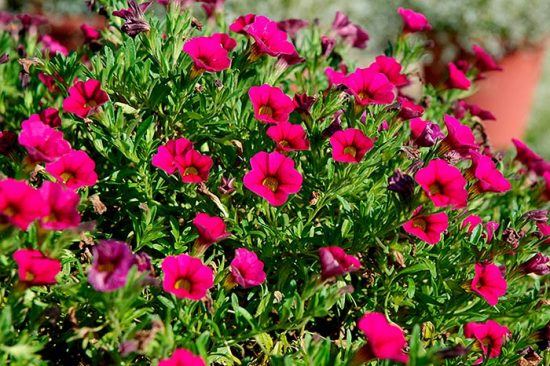

You can propagate calibrachoa by cuttings
Basic information
Calibrachoa are small bushes of the correct, close to a ball, shape. The plant is evergreen, but short-lived. Homeland - in the same place as Petunia. These are South America, regions from southern Brazil to Peru and Chile. Habitat - open meadows or woodlands. At first glance, finding the difference between calbrachoa and petunia is not easy, but genetic studies have shown that the chromosomes of plants are different and these are two separate genera. There is also a hybrid genus petchoa, a mixture of two genera.
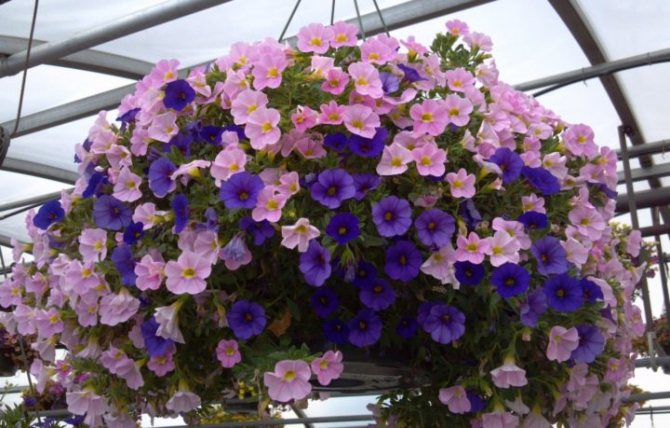

Calibrachoa
Why is the flower called so difficult for the Russian ear? The calibrachoa plant is named after the 19th century Mexican botanist and pharmacologist Antonio de la Cal y Bracho.
Reproduction of calibrachoa: the most popular methods
Calibrachoa is not much different from its relative petunia, but some differences still exist. In order to understand how to grow calibrachoa on your own in the open field, it is important to know all the possible methods of propagation of this plant. All Calibrachoa varieties can be cultivated by seed and cuttings, however, there are different features and rules in each method that are important to consider in order to obtain a beautiful and lush flowering plant.
Seed propagation of calibrachoa
- Seed propagation of this plant species is quite difficult, however, subject to all the rules and nuances, it is possible to get seedlings of calibrachoa on your own.
- In addition, it is important to take into account that with the help of seed reproduction it is not always possible to obtain a young plant with all the maternal characteristics. Plants with less abundant flowering, smaller flowers, and even an excellent shade of petals are quite common.
- Before sowing calibrachoa on seedlings, it is important to carefully prepare the seeds of the plant in order to increase the percentage of germination. Experienced gardeners recommend soaking the seeds in a solution of Zircon or Epin, which are phytohormones and stimulate growth. The seeds are kept in solution for about a day, after which they must be dried on a towel.
- Next, you need to pay special attention to the soil mixture, which must be nutritious and loose.
- Seeds can be sown on peat tablets, which are pre-scalded with boiling water. After they have cooled, the seeds are laid out on the surface and placed in a greenhouse, which must be illuminated, since the daylight hours of the calibrachoa must be at least 16 hours.
- You can sow seeds in a nutritious substrate, which should consist of peat, sand and humus. Also, before sowing, the substrate is fertilized with a complex mineral fertilizer.
- The selected container must be filled with a layer of gravel to act as drainage.
- Next, a soil mixture is poured, on the surface of which seeds are sown and lightly sprinkled with sand, after which everything is abundantly moistened.
- It is important to take into account that not all seeds germinate, so you need to sow very thickly.
- Crops must be covered with foil, since moisture is important for successful germination. In this case, several times a day you need to moisten the substrate.
- After about a week, the first shoots appear, from this moment the watering is slightly reduced and the seedlings begin to harden, opening the film for a short time.
- After 1-1.5 months, the seedlings will get strong enough and increase the root mass, so they can be dived.
- When the air temperature becomes 23 degrees, you can plant seedlings in open ground, while choosing the optimal place.
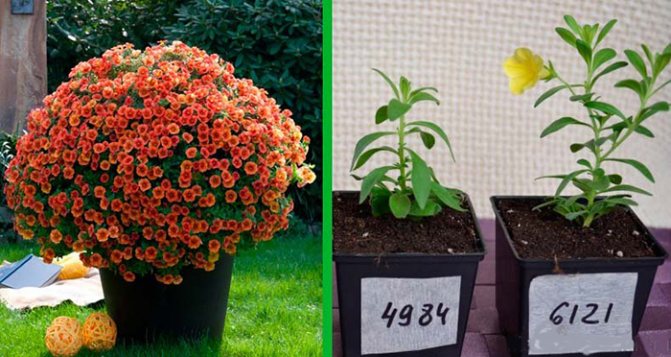

Propagation of calibrachoa by cuttings
- This method of reproduction is most often used, as it allows you to get seedlings identical to the parent plant. Moreover, it is simpler and does not take much of your time. However, it is possible if there is an adult calibrachoa bush on its site.
- You can carry out cuttings of calibrachoa in open ground at the end of summer or at the end of spring if you have an adult plant that has wintered indoors.
- First of all, you need to prepare cuttings of calibrachoa. To do this, on the adult mother bush, the apical shoots are selected, which must be healthy and strong.
- Next, with a sharp knife, you need to cut off cuttings 6-7 cm long so that each has 3-4 knots and 6-8 leaves.
- After that, the planting material must be prepared for rooting. The lower leaves are cut off and the top ones are cut in half.
- For a while, it is recommended to place the cuttings in a root-forming solution to speed up the rooting process.
- Cuttings are planted in peat tablets or nutritious soil mixture.
- Healthy and robust Calibrachoa seedlings are ready to be transplanted to a permanent location in about 2 months.


How to harvest calibrachoa seeds
If there is at least one calibrachoa bush on the site, then the seeds can be collected on their own. They ripen in small boxes. It should be borne in mind that the boxes are cracked. Therefore, you need to collect them without waiting for disclosure. It is better to put the collected seed material for further flower cultivation in a high jar and put it in the sun so that the seeds do not scatter around the apartment.
Important! When the capsules open and the seeds spill out, they are folded into paper bags. Each is signed, indicating the year of collection.
Diseases
Among the pests that infect this plant are aphids, whiteflies, spider mites and thrips. Therefore, it is recommended to carry out preventive treatment with modern insecticides throughout the entire growing and care period. Calibrachoa must be protected against fungal and viral diseases. The most common are black leg, powdery mildew, root rot. To prevent their development, it is necessary to optimize watering and treat the land with antifungal drugs.
Origin
Calibrachoa is a homely, very beautiful plant that will adorn any balcony and the pride of every flower lover. Calibrachoa resembles petunia in appearance, but calibrachoa flowers are much smaller in size. The native land of plants is South America. The genus Calibrachoa was first mentioned by botanists in 1925. It was believed that these flowers belonged to the genus petunias, but the study of the DNA of these two plant species showed significant differences between them. And in 1990, the plants began to be attributed to the genus Calibrachoa.


The birthplace of calibrachoa
Propagation by cuttings


This method of propagation of calibrachoa is less laborious than sowing with seeds. In this case, you need to cut cuttings with 4 ... 5 leaves from the uterine bush, leave only the top two and shorten them by half.
Plant the material in light soil for ¼ of the entire length of the cuttings, leaving a distance of 2 cm between adjacent cuttings. It should take at least two weeks before the cuttings root well.
Lighting
It is advisable to place the flowerpot with bells where the plant will receive enough sunlight. Calibrachoa will not bloom with a lack of light. Plants love areas of the garden, balconies and terraces facing south or southeast. At the same time, they cannot stand extreme heat. If in summer in July the flower is under the scorching rays of the sun, it may dry out. At this time, it is better to transfer it to places protected from direct sunlight.


The plant needs a lot of light
Description: varieties and varieties of culture
In addition to its magnificent appearance in photos and live, calibrachoa is valuable for its versatility. It looks great in hanging containers, planters. When planted in this way, the plant serves as a wonderful decoration for verandas, terraces, balconies. Dangling stems with an abundance of delicate flowers create a vibrant, lush waterfall.
Low-growing varieties feel comfortable in outdoor lawns or open ground, in the form of voluminous bushes.
Calibrachoa is a guest from South America. In nature, its flowers are exclusively purple in color. But thanks to the relationship with petunia and the efforts of breeders, you can now admire the yellow, pink, blue, crimson, cherry shades of the flower cascade. Other characteristics of the culture:


Flowering Calibrachoa
- shoots - thin, branched;
- leaves - lanceolate, small, rich green;
- the length of the stems is 1–2 m;
- twigs and leaves are covered with short, hard nap.
Attention! In addition to the difference in DNA, calibrachoa differs from petunia in the high density of the vine, the size of the flowers (up to 3 cm in diameter) and the presence of a yellow or brown center in them. This is noticeable even if you compare the plants in the photo.
Popular varieties:
- Kablum is blue. Differs in a small height, up to 35 cm.
- A million bells. This is a whole varietal series, which includes plants of different colors.
- Terry. Also includes several varieties. Corollas are lush, multi-layered. They do not bloom as abundantly as other varieties, but they are very beautiful.
Use in landscape design
Calibrachoa is an amazing container culture. Hanging and floor flowerpots in the country, on terraces and balconies, balcony boxes, any compact containers - everywhere the flower looks bright and somewhat exotic due to its juicy, hot Brazilian shades.
Another important point of leaving is pinching, but in general it does not cause difficulties. You can trim at your discretion. When growing a plant from seeds, be prepared to devote some time to them. If it is not there, it is better to purchase cuttings in any nursery or from amateurs. If you manage to master the reproduction of the plant, we can assume that 80% of the difficulties are behind. The flower is unpretentious in care, especially if the summer is hot and sunny. It is really difficult to grow calibrachoa in a cool or rainy summer, it is better to give preference to petunias.


